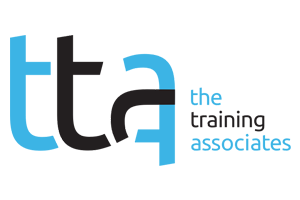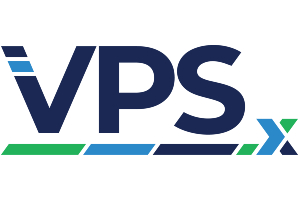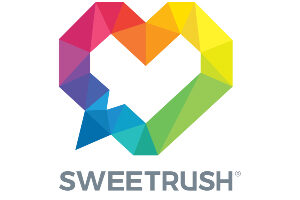As organizations face growing skills gaps and an increased demand for timely training, empowering subject matter experts (SMEs) to create learning content is crucial for organizations to swiftly and efficiently address skills and knowledge gaps, while facilitating eLearning production at scale.
Traditionally, instructional designers have collaborated with SMEs to craft learning experiences. However, in this new model, the spotlight is on the experts, with the instructional designer’s role shifting to supporting them in effectively “translating” their knowledge and expertise into engaging learning materials.
Thanks to rapid authoring, employees can now generate learning content without technical or instructional design expertise. These tools typically offer pre-defined templates tailored to various learning needs, streamlining the content creation process and enabling SMEs to focus solely on content creation and storytelling.
5 Steps for Implementing Employee-Generated Training Content Successfully
1. Select the right tool.
Identify the rapid authoring tool that best fits your needs by listing your main requirements, such as the tool’s appearance, branding options, SCORM compatibility, automatic translation, ability to import your files and inclusion of artificial intelligence (AI) features.
2. Define a clear process.
Establishing governance is crucial, as SMEs must follow specific steps from identifying learning needs to delivering content to the target audience. Key considerations include identifying suitable SMEs, distinguishing between learning needs, measuring learning success and more.
3. Ensure learning effectiveness.
While SMEs excel in their fields, they may lack expertise in creating engaging learning experiences that drive real behavior change. Guide SMEs in crafting effective learning experiences that focus on actionable outcomes rather than simply delivering information.
4. Create guidelines and branded templates.
To maintain content and quality consistency, provide SMEs with dos and don’ts, along with examples to illustrate desired outcomes. Providing guidelines and templates ensures content is both engaging and visually cohesive.
5. Establish feedback loops.
Involve the target audience in the design process to ensure relevance. Feedback from the audience offers SMEs valuable insights for adapting content before wider rollout.
Overcoming Challenges in Employee-Generated Learning
Potential Challenges
- Overcoming internal biases and shifting to a more employee-generated content approach while having limited resources of time, a small team and budget to ensure a smooth transition and implementation.
- Balancing content creating with SME’s day-to-day tasks can result in SMEs prioritizing knowledge or information over actionable outcomes post-training.
- Quality assurance and consistency across a variety of SME-generated content.
Suggested Solutions
- Many SMEs are already creating content in other programs. Rapid authoring tools speed the development time and provide more functionalities to create engaging content.
- Implement a support model to guide employees in creating effective learning experiences with ongoing support from the central L&D team.
- Provide SMEs hands-on training, examples of desired outcomes, and guiding principles and templates ready to be adapted into any learning experience.
Conclusion
Empowering SMEs to create digital content in collaboration with L&D teams presents an opportunity to scale digital content creation and facilitate future updates. With this approach, instructional designers can concentrate on strategic learning experiences while functional content is expertly handled by field experts.








